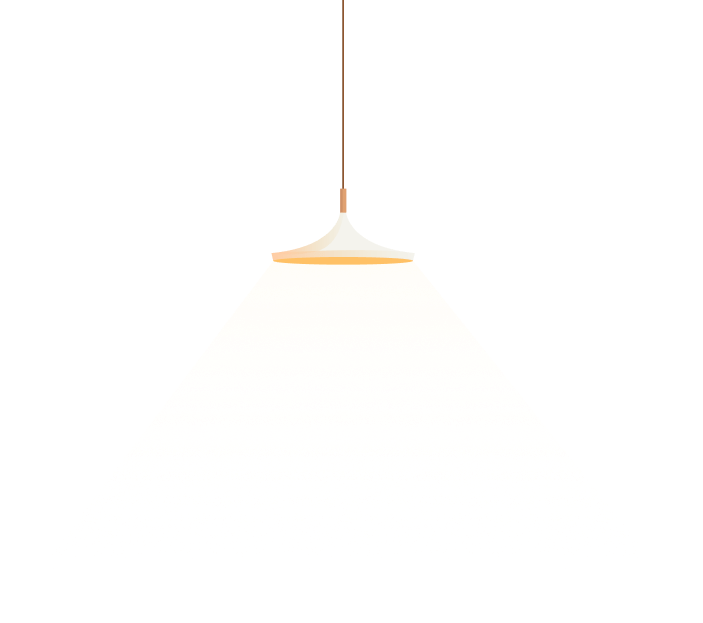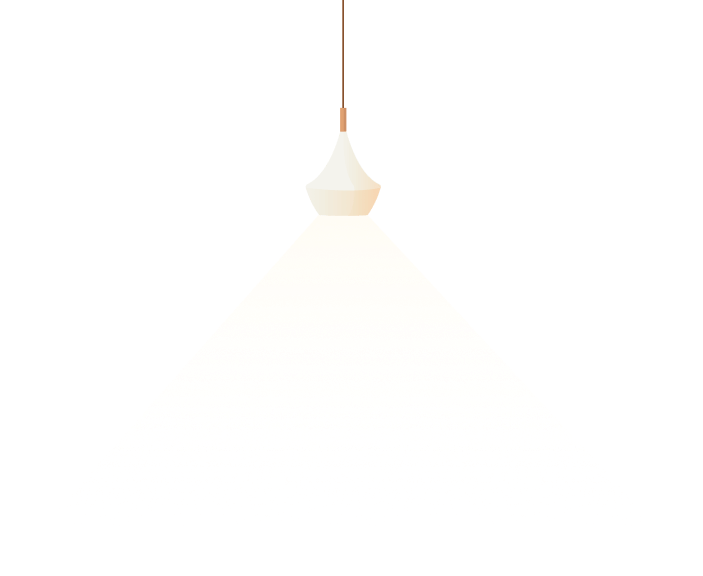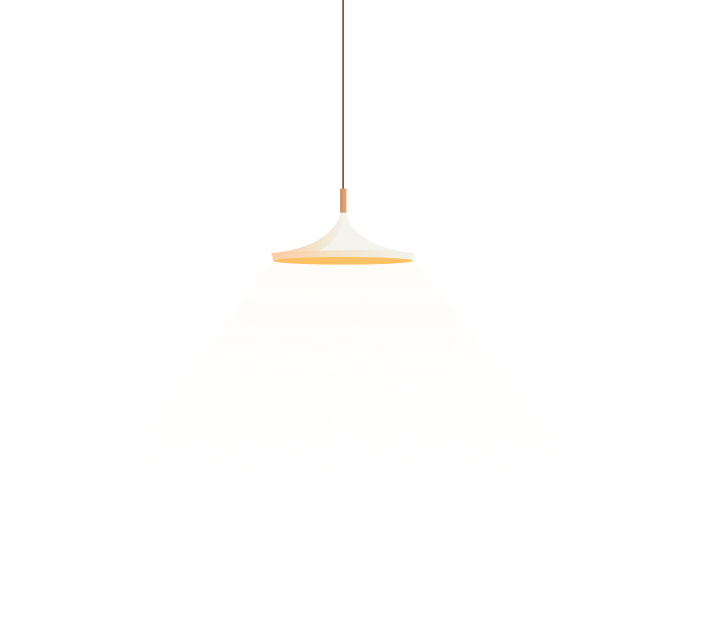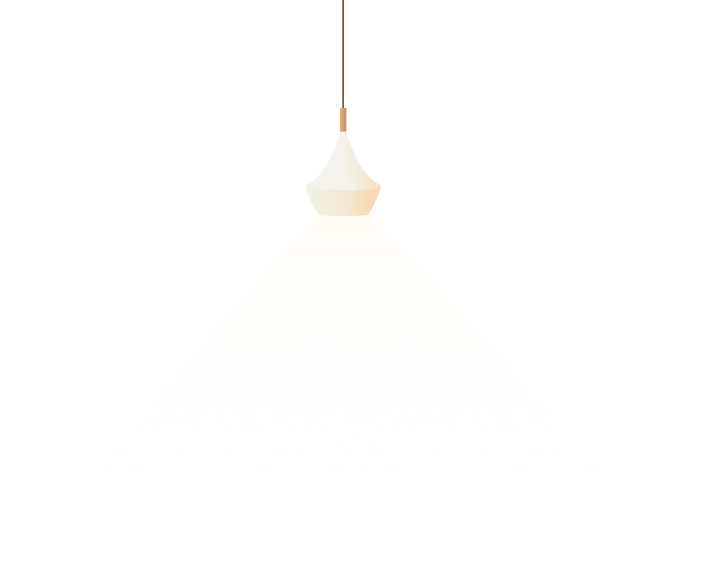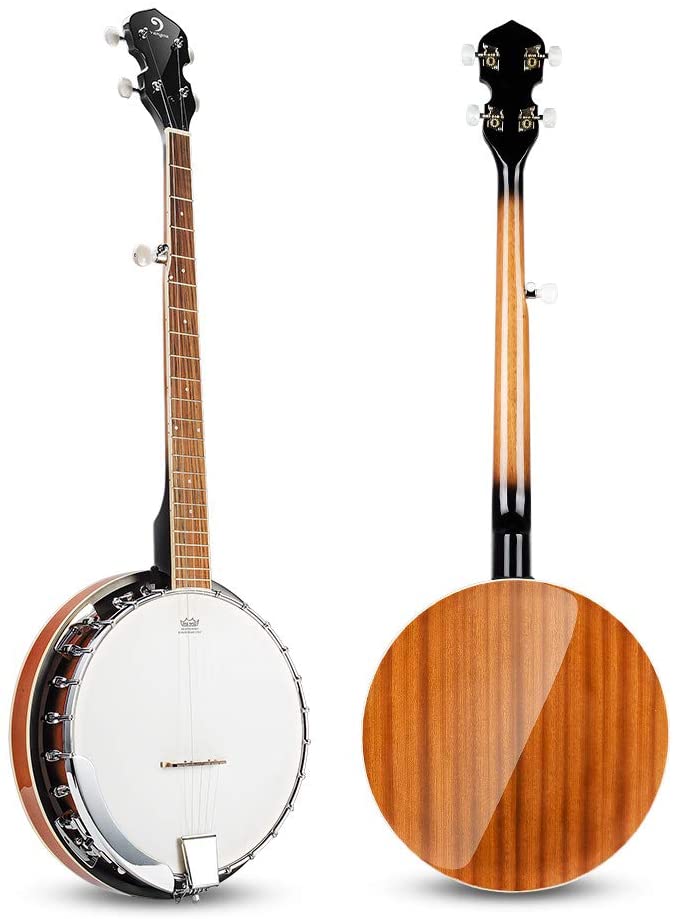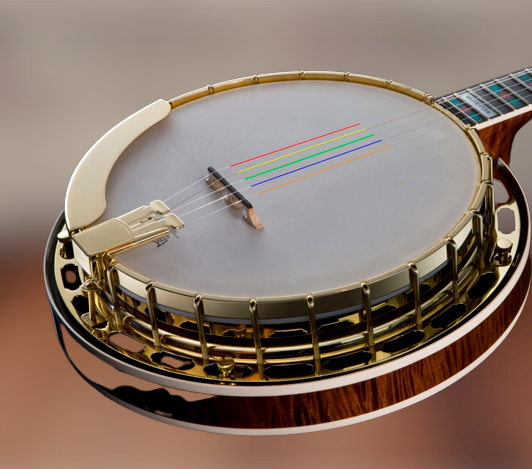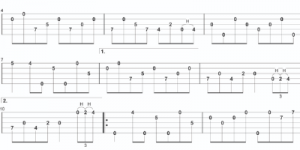Beginner Banjos – A Guide
A banjo is one of the most versatile stringed instruments available, able to accommodate an array of playing styles – such as old-time and bluegrass music.
Beginners should ensure they choose a banjo that is both comfortable to play and produces quality sound – this will make learning significantly simpler!
Costzon 5-String Banjo
The Costzon 5-string banjo is an ideal instrument for beginning musicians as it comes equipped with all of the features essential to beginning to play a banjo instrument, and produces an attractive tone suited for novice players.
This guitar features a digital tuner to let you tune the sound to perfection and enhance its quality. Plus, it comes complete with a case and extra strings – making this package truly all-encompassing.
This banjo is constructed of quality materials and comes equipped with an efficient truss rod. Additionally, its neck and body are constructed of lightweight nato, which makes for convenient travel.
It can be used in both open and resonator styles, making it suitable for any genre. Plus, it comes complete with a padded gig bag and quality case to protect it while traveling or performing live on stage. Overall, it makes an excellent starting banjo that beginners and advanced players alike can use to advance their playing abilities.
Vangoa 5-String Banjo
Beginners looking to learn the banjo will benefit from an instrument of superior quality; this will facilitate their learning process while creating an amazing sound.
The Vangoa 5-String Banjo is an excellent option for beginners as its high-quality construction produces rich sound while the free accessories included (including an instruction manual ) make this instrument very cost-effective and accessible.
This banjo features a multi-ply rim for enhanced resonance, making it easier to play and produce clear tones. Furthermore, its back features a coordinator rod so you can adjust its action as necessary.
It also boasts a slim neck that makes handling easier for beginners – an important feature, since most banjos for sale are intended for advanced players who already possess muscle memory to make the instrument play effectively.
Deering B50 5-String Banjo
The Deering B50 5-String Banjo is an ideal introduction to music for anyone starting out. Lightweight yet boasting top-of-the-line sound quality, this affordable instrument will provide beginners with everything they need for successful musical endeavors.
This banjo features an open-back resonatorless design for maximum tone quality while still offering plenty of dynamic range. Plus, its comfortable neck makes this an excellent instrument to begin learning to play on!
It features reliable geared tuners that hold tune well, along with a maple/ebony Goodtime patented bridge that projects sound. Furthermore, an adjustable tailpiece allows you to further shape the sound.
It’s also an economical choice, making this banjo an excellent option for beginning players on a budget. Made from strong material, it will last years of use!
Jameson 5-String Banjo
The Jameson 5-String Banjo is an outstanding beginner banjo with many great features at an unbeatably fair price. Including some excellent tuners that will help get you playing banjo quickly and efficiently.
This banjo is ideal for beginners as long as they pay close attention to its intonation and build when purchasing it. While not as high-quality as others on the market, this inexpensive model may provide the ideal learning platform.
This banjo features a geared 5th tuner, making tuning it much simpler without needing to resort to friction tuners often found on less expensive banjos.


